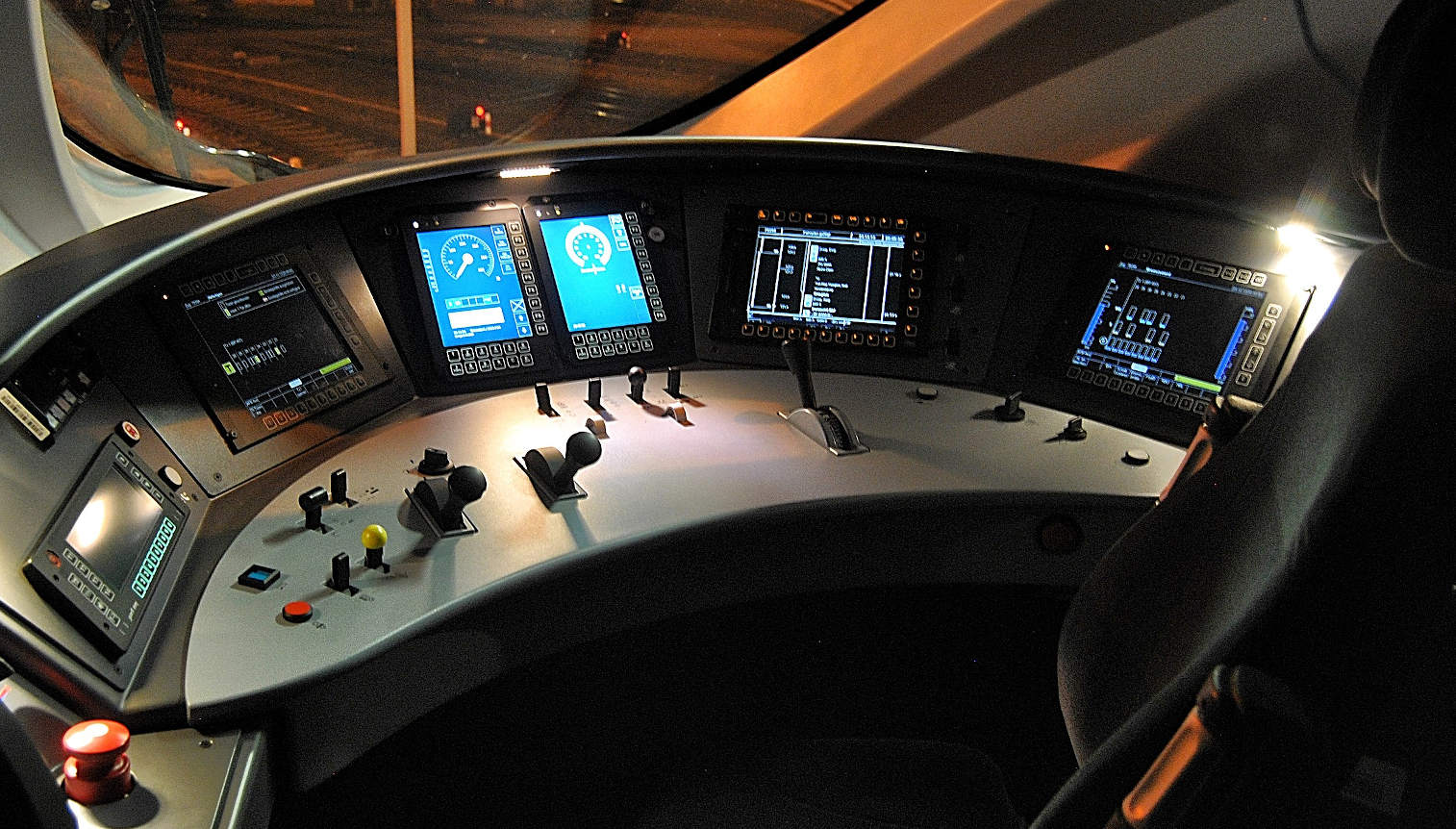Long-Range Obstacle Detection for Early Alert Advanced Driving Assistance Systems
Mobility Initiative Project
Digitalization and new robotic systems technologies offer opportunities to rethink the future of rail mobility in terms of real-time capacity optimization and complete on-board situational awareness. This comes at a time when key railway infrastructure must enter a transition period to next generation safety management and traffic control systems. By shifting the focus from trackside instrumentation to on-board solutions, we can enhance system safety, efficiency and robustness.
Obstacles on or close to the track are a serious security threat to both human or animal lives and infrastructure alike. Due to the large braking distance of trains, obstacles need to be detected very early on to counteract a potential collision. This project aims to enable long-range obstacle detection to improve current advanced driving assistance systems (ADAS).
Common sensors for the task of obstacle avoidance such as 3D laser range finders (LiDARs) suffer from maximal ranges of up to 300m, insufficient for the problem at hand. Therefore, this project will investigate an actuated system of visual cameras combined with a range detector (e.g. a long-range 1D laser).
Because of the low frequency of the long laser range detector and the high speeds at which trains travel, only very few sections of the track can be accurately investigated. The main challenge is how to intelligently sample the environment for potential obstacles. Leveraging accurate object-based map knowledge as well as current and past object observations, the system can find areas of high risk. For this purpose, current learning-based attention methods need to be combined in a novel way with the context provided by the map. The detected areas can then be focused on by the visual system and fusing in sparse range measurements of the obstacles result in precise obstacle detection.
Head of Wyss Zurich Translational Center
MSc Robotics, Systems and Control
Leonhardstrasse 21
8092
Zürich
Switzerland

Partner
- SBB
- AMAG
- Siemens
- Prof. Dr. A. Wokaun
Roadmap
2020 - 2023
